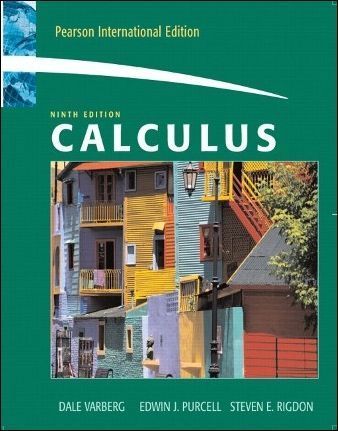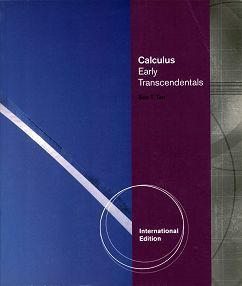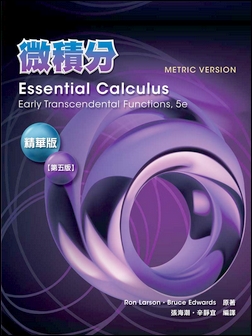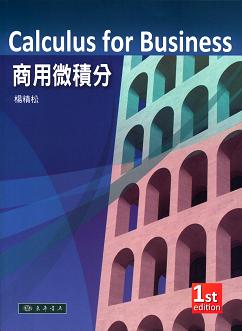書籍分類

Calculus 9/e with Access Code
作者:Dale Varberg, Edwin Purcell, Steve Rigdon
原價:NT$ 1,300
ISBN:9789880079962
版次:9
年份:2007
出版商:Pearson Education
頁數/規格:864頁/平裝雙色
版次:9
年份:2007
出版商:Pearson Education
頁數/規格:864頁/平裝雙色
內容介紹 本書特色 目錄 作者介紹
- Description
This popular calculus text remains the shortest mainstream calculus book available – yet covers all the material needed by, and at an appropriate level for, students in engineering, science, and mathematics. It's conciseness and clarity helps students focus on, and understand, critical concepts in calculus without them getting bogged down and lost in excessive and unnecessary detail. It is accurate, without being excessively rigorous, up-to-date without being faddish. The authors make effective use of computing technology, graphics, and applications. Ideal for instructors who want a no-nonsense, concisely written treatment.







